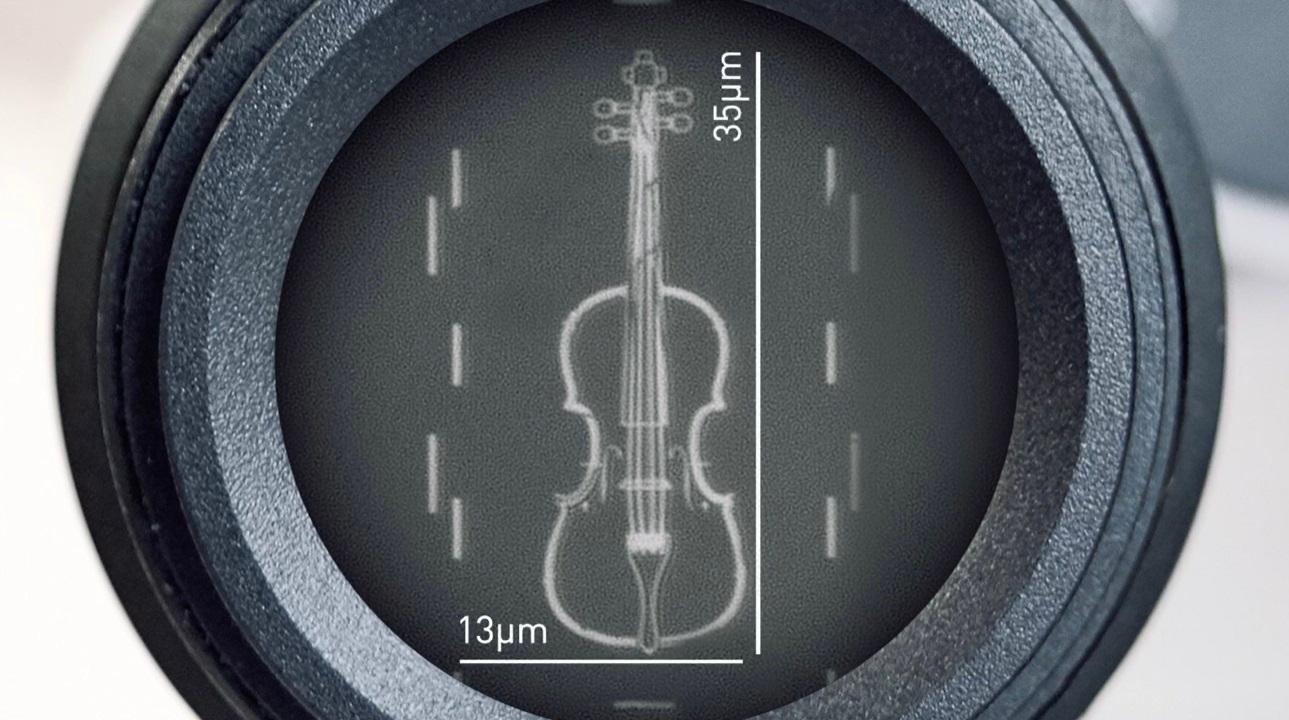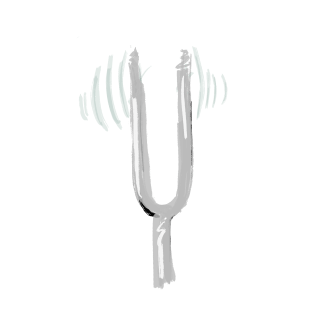Physicists Create “The World’s Smallest Violin” Using Nanotechnology
Smaller than a speck of dust, the violin was created to test a new system used to study and create ultra-small structures
Physicists at Loughborough University in England have built what they believe to be the world’s smallest violin — so small that it could sit within a width of a human hair.
Made from platinum and measuring 35 microns (one-millionth of a meter) long and 13 microns wide, the violin was designed to demonstrate the capabilities of Loughborough’s new nanolithography system, a multimillion-pound setup used for advanced research.
The micro-violin was created using NanoFrazor, a precision tool that can “write” nanoscale patterns using a heated needle-like tip. The violin shape was etched onto a chip — its final and platinum-coated image was smaller than a speck of dust.
While months of testing and refinement went into the final design, the entire “writing” and coating process took three hours to complete.
Loughborough’s video on how the violin was made can be viewed below:
Ultimately, nanolithography is aimed at supporting research into next-gen computing devices and new material science. The research projects in this field include creating more energy-efficient computing and data storage using heat, as well as more compact and efficient memory technologies.
“Though creating the world’s smallest violin may seem like fun and games, a lot of what we've learned in the process has actually laid the groundwork for the research we’re now undertaking,” said Head of Physics at Loughborough, Kelly Morrison. “I’m really excited about the level of control and possibilities we have with the set-up. I’m looking forward to seeing what I can achieve — but also what everyone else can do with the system.”
june 2025
july 2025





































